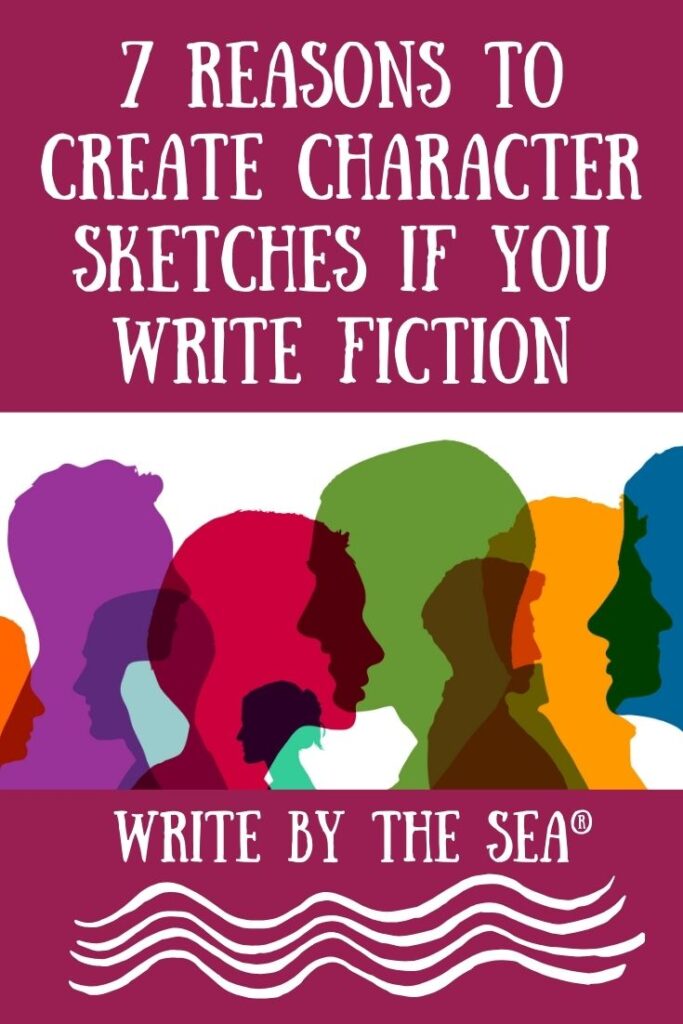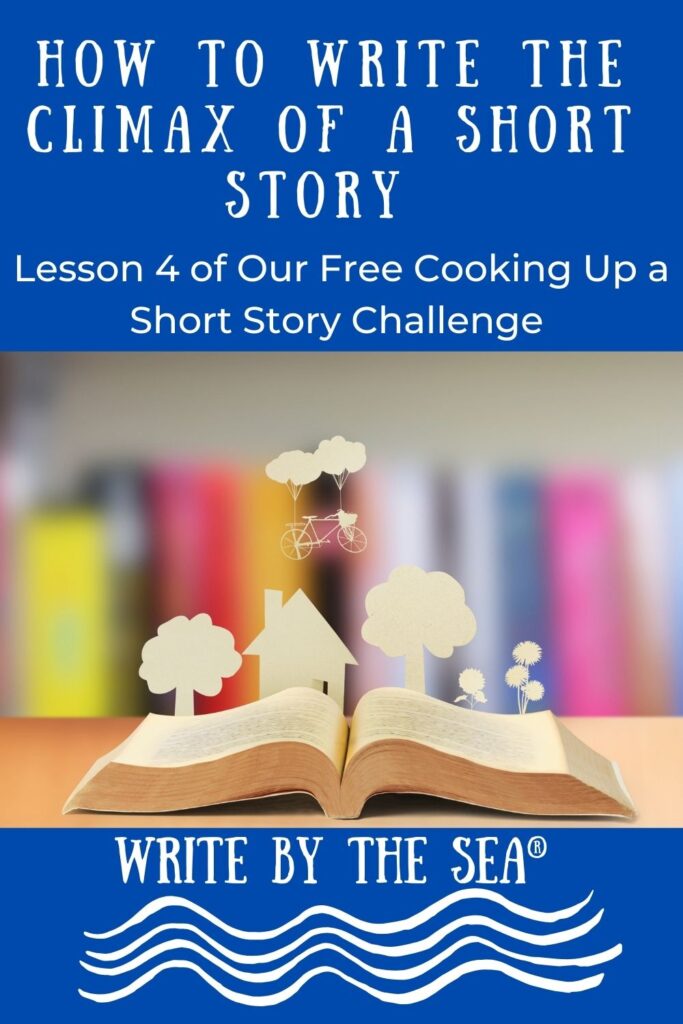
Pacing in a novel refers to the speed at which the story unfolds and how quickly the reader moves through the narrative.
Effective pacing keeps readers engaged and ensures the story progresses smoothly.
Here are some techniques for controlling the pace in your novel:
Techniques for Pacing
#1. Sentence and Paragraph Length
Short Sentences and Paragraph: Use short sentences and paragraphs to speed up the pace. This is especially effective during action scenes or moments of high tension.
Long Sentences and Paragraphs: Use longer, more complex sentences and paragraphs to slow the pace, allowing for detailed descriptions and introspection.
#2. Chapter Length
Short Chapters: Shorter chapters can make a novel feel faster-paced and more dynamic. They often leave readers eager to turn the page.
Long Chapters: Longer chapters can slow the pace, allowing for deeper development of scenes and characters.
#3. Scene Structure
Action Scenes: Keep action scenes concise and focused. Use quick, sharp sentences and avoid unnecessary details.
Reflective Scenes: Slow down the pace by delving into a character’s thoughts, feelings, and backstory.
#4. Dialogue
Snappy Dialogue: Quick, back-and-forth dialogue can increase the pace.
Extended Conversations: Longer conversations can slow down the narrative, providing more depth to character relationships.
#5. Description and Exposition
Minimal Description: Use minimal descriptions to maintain a fast pace. Only include essential details.
Rich Description: Use detailed descriptions to slow the pace, creating a vivid setting or mood.
#6. Plot Development
Frequent Plot Events: Rapidly advancing the plot with frequent events can create a fast-paced narrative.
Slower Plot Development: Taking time to develop subplots and explore characters can slow down the narrative, adding depth and complexity.
#7. Transitions
Quick Transitions: Move swiftly from one scene to the next to keep the momentum.
Detailed Transitions: Use transitions to linger on details or character reactions, slowing the pace.
#8. Internal Monologue
Brief Internal Monologues: Keep internal monologues short to maintain a quicker pace.
Extended Internal Monologues: Use longer internal monologues to slow the pace and explore a character’s inner world.
#9. Suspense and Cliffhangers
Cliffhangers: Ending chapters or scenes with a cliffhanger can create a sense of urgency and encourage readers to keep reading.
Suspenseful Build-up: Gradually building suspense can maintain reader interest over a longer period, controlling the pace without immediate action.
#10. Scene and Chapter Endings
Abrupt Endings: Ending scenes or chapters abruptly can create a fast-paced feel.
Resolution Endings: Concluding scenes or chapters with a resolution can provide a sense of closure and slow the pace.
By consciously manipulating these elements, you can control the pacing of your novel to create the desired effect and keep readers interested in your story until the very end.
Now, before you go, if you haven’t subscribed to The Morning Nudge, be sure to do that now, so you get our Law of Attraction Checklist for Writers and free access to our Private Resource Library for Writers, as well as a short email every weekday morning to help you manifest your writing dreams!







